
Archaeology is often perceived as a quest to uncover the remnants of the past, but it also serves as a vital instrument for building bridges between cultures today. In Türkiye—a country where history is not only deep but visibly inscribed in the landscape—Italian archaeological missions have been active for over 60 years. Their work has illuminated the complexities of the past while simultaneously strengthening cross-cultural ties and fostering enduring cooperation.
This long-standing engagement reflects a broader diplomatic vision. The Italian Ministry of Foreign Affairs and International Cooperation (MAECI), through its Directorate General for Public and Cultural Diplomacy (DGDP)—specifically Office VI—recognizes archaeology not merely as a scientific discipline, but as a powerful form of public diplomacy. Italian missions abroad thus function as platforms for dialogue, education, and the shared stewardship of cultural heritage.
Türkiye has emerged as one of the most significant partners in this vision. With a cultural stratigraphy that spans from the Paleolithic to the Ottoman period, it offers an exceptional setting for initiatives that merge research with diplomacy.
MAECI currently supports archaeological, anthropological, ethnological, and conservation missions across the globe, covering a broad chronological range from prehistory to the Middle Ages, and extending geographically from the Greco-Roman world to the Near and Middle East, Sub-Saharan Africa, and Latin America.

Italian archaeological missions abroad are defined by their integrative and forward-looking approach. They extend far beyond excavation, embracing the training of local professionals, the transfer of technological expertise, and the implementation of sustainable conservation strategies. Italy’s internationally recognized expertise in restoration and cultural heritage protection has enabled deep, long-term partnerships with host countries.
The Italian model combines scientific inquiry with capacity building, community engagement, and intercultural exchange. Missions are expected to produce not only scholarly knowledge but also enduring social impact. In many cases, they contribute directly to processes of peacebuilding and reconciliation, particularly in regions recovering from conflict or undergoing socio-political transition, where cultural heritage becomes a tool for reparation and dialogue.
Türkiye provides a compelling case study of this model in action. As a historical and geographical crossroads between Europe and Asia, it encompasses a mosaic of civilizations: from early Neolithic settlements to the Hittite Empire, from Greco-Roman cities to Byzantine churches and Ottoman complexes. Italian missions have been active in Türkiye since the 1950s, consistently supported by MAECI through its annual co-financing program.
In 2024, 17 Italian archaeological missions in Türkiye received either direct financial contributions or institutional recognition through the annual co-financing program of the MAECI. This confirms Türkiye’s central role within Italy’s global archaeological strategy and reflects the diversity of both the Turkish archaeological landscape and Italian expertise.
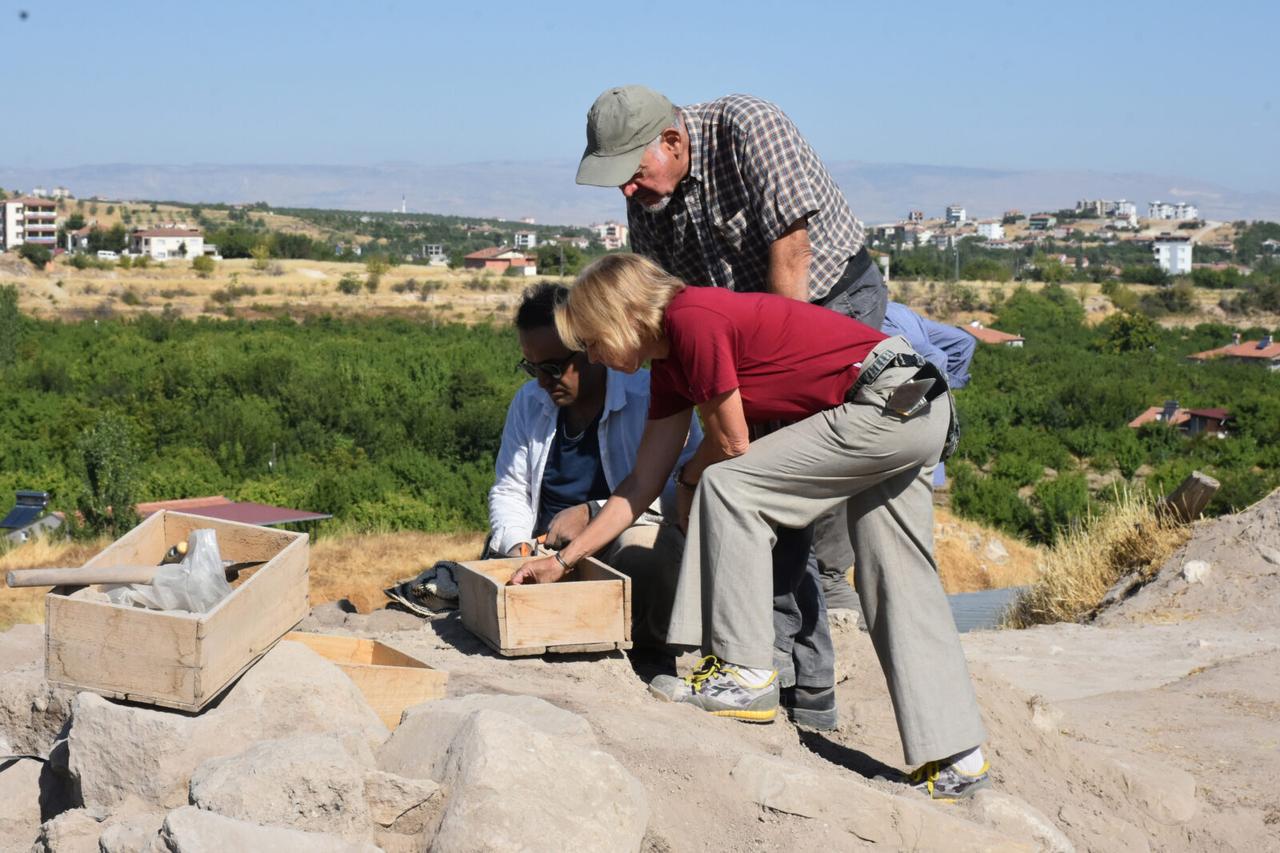
Projects span a broad chronological arc—from Neolithic settlements to classical cities and medieval heritage sites. Among the most prominent are Arslantepe in Malatya, a UNESCO-listed site investigated by Sapienza University; Goreme’s painted churches, studied by Università della Tuscia; and Hierapolis, explored by Università del Salento. Important research also continues at major Bronze and Iron Age sites such as Karkemish, Hattusha, Usakli Hoyuk (Mound), Kinik Hoyuk, and Kültepe, under the coordination of leading Italian universities.
Other missions focus on urban and frontier contexts, from prehistory to classical times, including Tripolis ad Maeandrum, Misis (ancient Mopsuestia), and Pompeiopolis, as well as Yumuktepe (Mersin)—one of the region’s oldest stratified tells—and the Iron Age center of Zeyve Hoyuk (Porsuk). Together, these projects embody a strategic and multidisciplinary approach: combining excavation, conservation, training, and cultural diplomacy in close partnership with Turkish institutions.
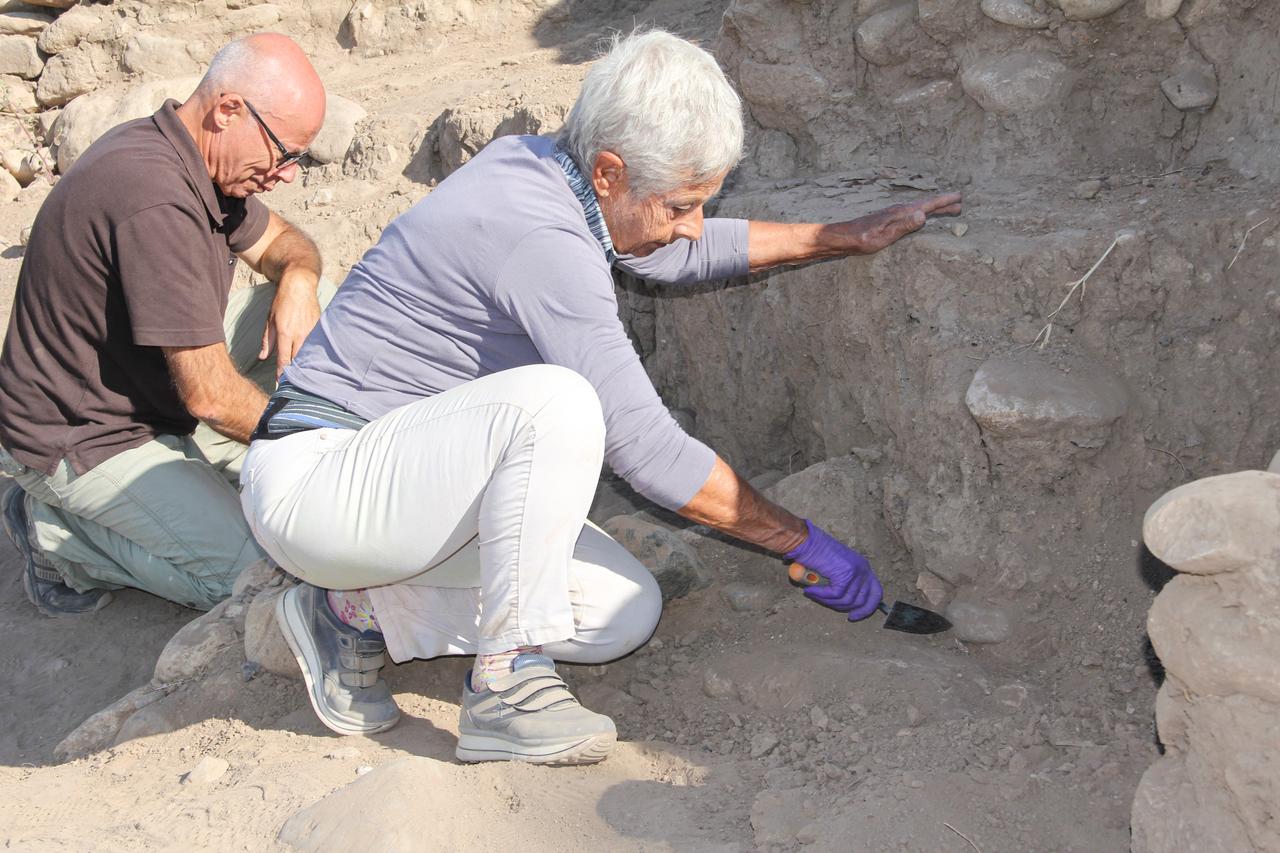
In fact, this network of research is reinforced by bilateral cultural agreements and institutional partnerships. Italian missions in Türkiye operate in close cooperation with Turkish universities, research centers, and the Ministry of Culture and Tourism. Their coordination is further supported by Italy’s diplomatic and cultural presence in the country—particularly the Embassy in Ankara, the Italian Cultural Institute (IIC) in Istanbul, and the General Consulate in Istanbul and the Consulate in Izmir.
Far from being isolated scientific enterprises, missions form a cohesive and multidimensional framework of cultural cooperation. They embody a shared commitment to heritage preservation, foster local development, and reflect Italy’s distinctive approach to archaeology as an instrument of cultural diplomacy.
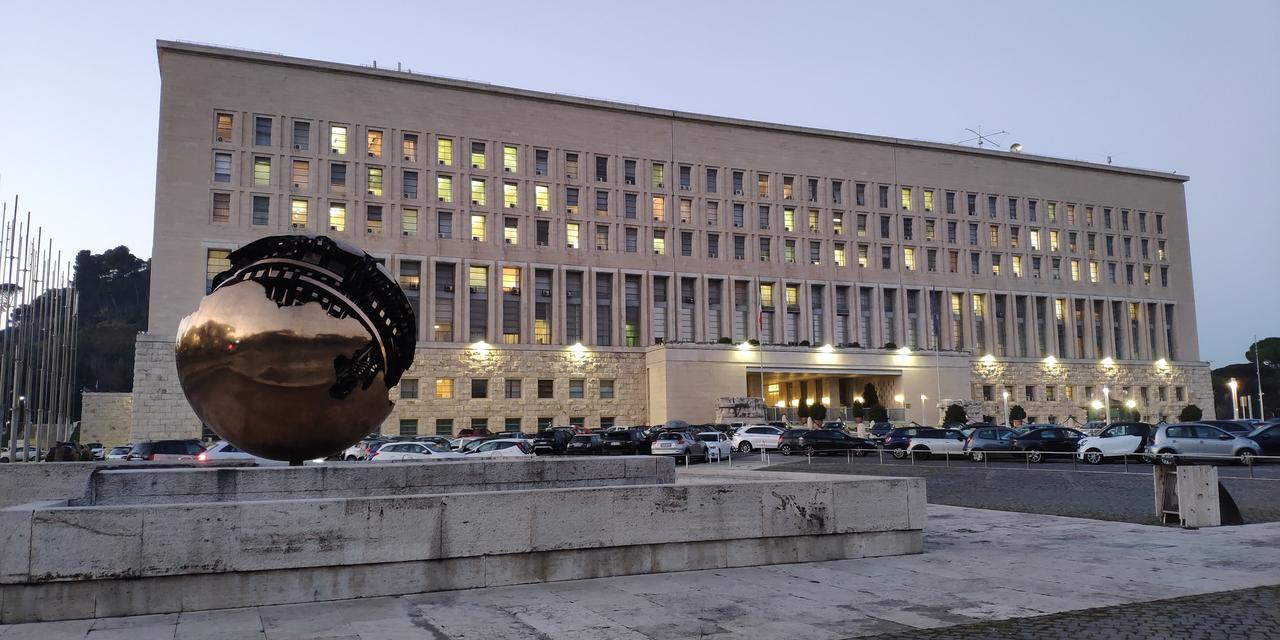
At the heart of Italy’s archaeological diplomacy lies a structured and evolving institutional framework led by the MAECI. Through its DGDP, and in particular Office VI, MAECI co-finances over 200 scientific missions each year. These include archaeological, anthropological, ethnological, paleontological, and conservation projects in regions of historical and cultural significance worldwide.
While scientific rigor remains a prerequisite, MAECI’s support is guided by broader strategic objectives: fostering intercultural understanding, promoting sustainable heritage management, and building local capacity. Proposals must demonstrate not only academic excellence but also meaningful engagement with host communities and institutions.
The Ministry issues an annual open call for funding through its dedicated platform: https://archeologia.esteri.it. Applications are evaluated by a multisectoral evaluation panel composed of representatives from MAECI, the Italian Ministry of Culture (MiC), and the Italian Ministry of University and Research (MUR). Particular emphasis is placed on proposals that include training components, technological transfer, interdisciplinary collaboration, and public archaeology outreach.
The co-financing scheme covers up to 70% of eligible expenses. Projects in preliminary phases may instead receive institutional recognition—granting them diplomatic visibility, consular support, and integration into Italy’s international cultural agenda, even in the absence of direct funding.
In 2024, MAECI supported 287 missions worldwide—194 through financial contributions, and the remainder through institutional endorsement. The 2025 call closed with nearly 300 applications, confirming both the vitality and the competitiveness of the Italian archaeological network abroad.
A notable innovation in this framework is the inclusion of a “green clause,” introduced in 2019. Aligned with the U.N. 2030 Sustainable Development Goals, this clause encourages missions to adopt environmentally conscious practices, such as reducing the carbon footprint of travel and logistics, and to report on offsetting actions. Proposals that incorporate environmental sustainability, inclusive approaches, and local partnerships are increasingly prioritized.
This transparent and dynamic system reflects Italy’s conviction that archaeology, when responsibly practiced and diplomatically supported, serves as a foundation for sustainable, ethical, and forward-looking international cooperation.
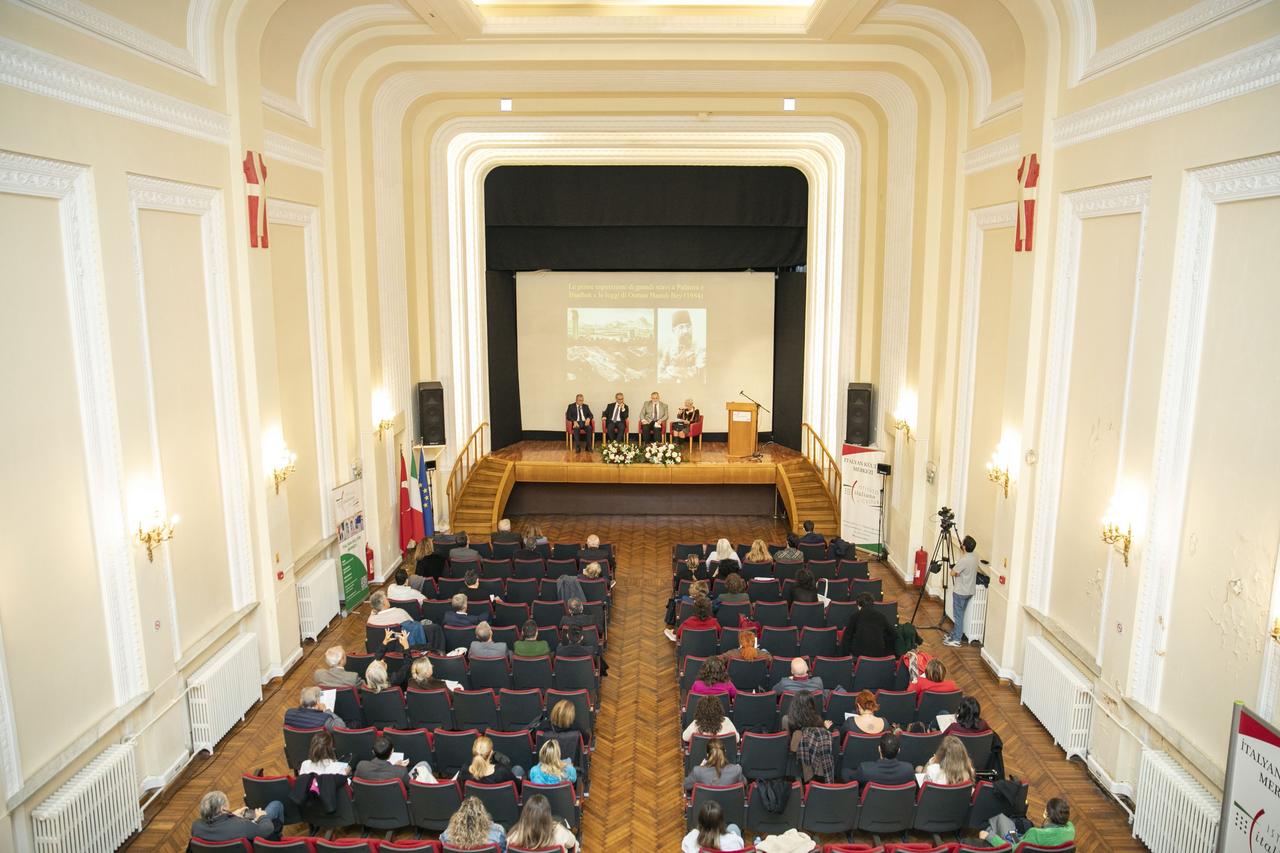
The Istituto Italiano di Cultura (IIC) of Istanbul acts as a central hub for Italy’s cultural diplomacy in Türkiye. As one of the most active cultural institutes in the Italian network, it promotes language, arts, heritage, and intellectual exchange across a wide range of disciplines—from literature and cinema to science, philosophy, and archaeology (https://iicistanbul.esteri.it/).
A cornerstone of its mission is the Annual Archaeological Conference, which has become a flagship event for academic and diplomatic exchange between Italy and Türkiye. The 2024 edition, titled “Rappresentazioni e Cerimonie nell’Anatolia Antica: Spazi, Monumenti, Immagini”, will take place on Oct. 3–4, in collaboration with Istanbul University. Now in its 15th edition, the conference convenes leading archaeologists, scholars, and institutional representatives to explore themes related to ancient spatial practices, ceremonial architecture, and symbolic landscapes across Anatolia.
Far from being isolated scholarly gatherings, these conferences are integrated into a broader strategy of cultural diplomacy. They showcase the results of Italian archaeological missions at sites such as Arslantepe, Hierapolis, Karkemish, Usakli Hoyuk, Hattusha, Tripolis, Kultepe, and Goreme, while also offering a forum for methodological exchange and sustained dialogue, and cooperation in research and training.
To ensure the broader impact and accessibility of these efforts, the IIC actively promotes publication efforts. In conjunction with the upcoming conference, the IIC has released the proceedings of the 13th edition (held in November 2022), titled “La ricerca archeologica per la ricostruzione storica e la valorizzazione del patrimonio. Contributo italiano a scavi, ricerche e studi nelle missioni archeologiche in Turchia.” produced in collaboration with the Italian Embassy in Ankara and various academic partners, this volume underscores the crucial role of archaeology in historical reconstruction and heritage valorization.
The 2022 volume also includes exemplary case studies: from the conservation of Tokali Kilise in Goreme (UNESCO site) to the exhibition “Parlami, Terra!”, curated in memory of Pier Paolo Pasolini and linked to the mission of Tuscia University under Prof. Maria Andaloro. These projects highlight the intersections between archaeological research, heritage preservation, and contemporary cultural discourse.
Through these multifaceted initiatives, the IIC Istanbul positions itself not only as a promoter of Italian culture but as an active interlocutor in a shared Mediterranean heritage. Its archaeological programming—ranging from public conferences and exhibitions to academic publishing—testifies to the depth and continuity of Italian-Turkish cooperation. Here, archaeology becomes a language of mutual recognition, an instrument of knowledge transfer, and a channel for diplomacy rooted in respect, dialogue, and shared memory.

The strength of Italian archaeological missions lies in their capacity to ability to transcend disciplinary confines, serving simultaneously as platforms for scientific research, institutional cooperation, cultural diplomacy, and community development. Anchored in decades of experience and coordinated by the Italian MAECI, these missions embody a distinctively integrated vision of archaeology—one that merges intellectual inquiry with ethical responsibility and international engagement.
Türkiye’s strong legal and institutional framework—anchored in the work of the Ministry of Culture and Tourism—makes it a particularly effective partner. The two countries share Mediterranean values and a common view of cultural heritage as a political and ethical responsibility.
This model is neither static nor episodic. It is marked by continuity, adaptability, and an evolving commitment to shared heritage. The long-standing partnership between Italy and Türkiye provides a particularly compelling case: here, archaeological collaboration has not only advanced our understanding of ancient civilizations—from the layers of Arslantepe to the monumental sites of Hattusha and Hierapolis (all UNESCO sites)—but also deepened diplomatic ties, strengthened institutional trust, and fostered intercultural literacy.
Italian missions distinguish themselves through their emphasis on co-management, interdisciplinary research, and public outreach. By working closely with Turkish authorities, universities, and local communities, they build bridges between knowledge systems and create an enduring framework for safeguarding, documenting, and promoting cultural heritage. From the use of advanced digital technologies to the training of new generations of archaeologists and conservators, they promote innovation while remaining grounded within the hosting socio-environmental contexts.
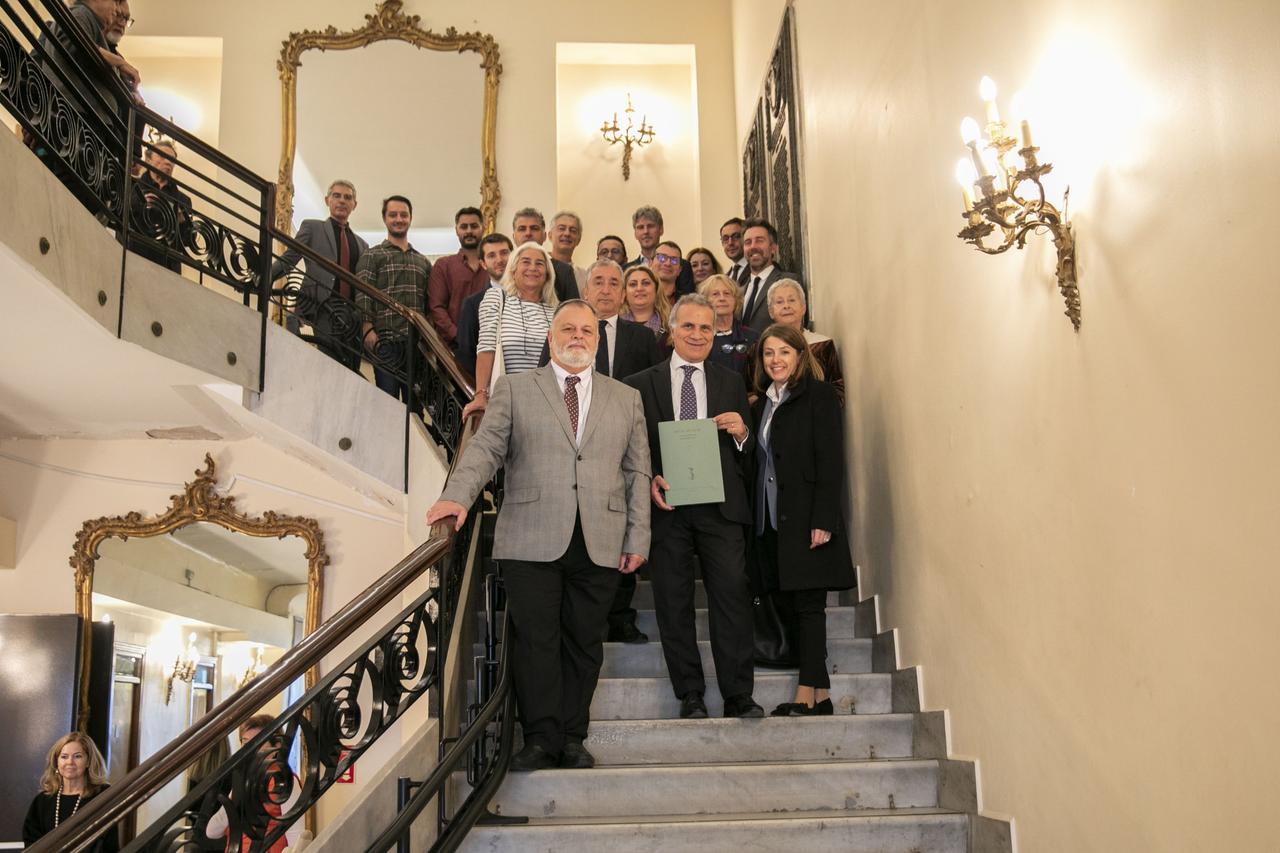
Their impact is visible on multiple levels:
As the global landscape of heritage management faces new challenges—from climate change and urbanization to armed conflict and ideological instrumentalization—the Italian model offers a resilient, ethical, and forward-looking paradigm. It affirms that archaeology is not only about uncovering the past, but also about imagining the future—where cultural heritage serves as a common ground for trust, cooperation, and peace.
Nowhere is this clearer than in Türkiye. In the layered terrain of Anatolia, where civilizations have flourished and intertwined for millennia, Italian archaeological diplomacy continues to write a chapter defined by shared values, mutual respect, and enduring partnership. Here, the stones of the past are not silent—they speak of collaboration, vision, and a future built on the foundations of dialogue.
About the author: Andrea Balletta is the cultural attache and deputy director of the Italian Cultural Institute in Istanbul, under the Italian Ministry of Foreign Affairs and International Cooperation. His work focuses on archaeology, ancient Near Eastern cultures, and cultural diplomacy.